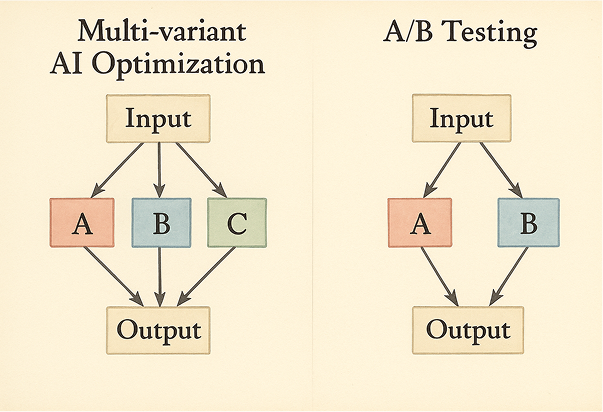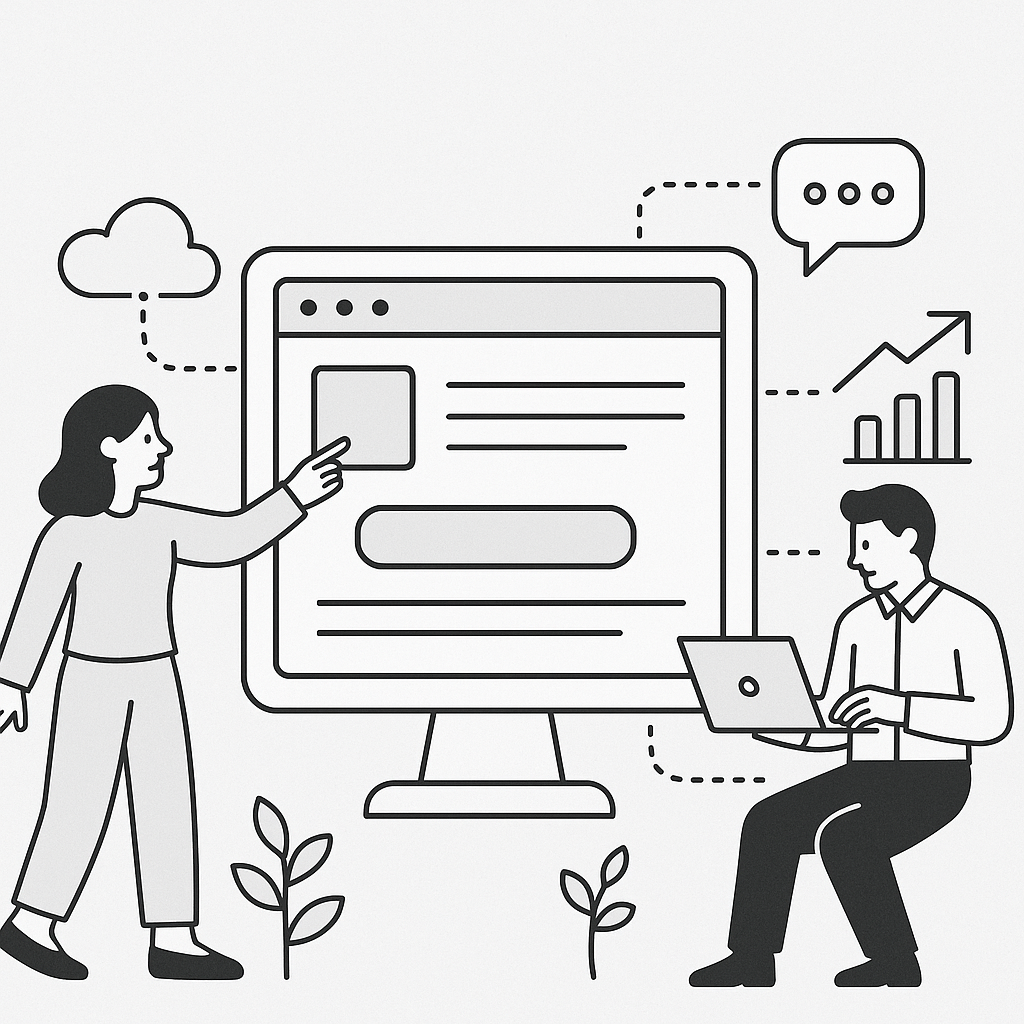Why people’s online conversations are outranking generic blog posts in search.
If you’ve ever tried to get a real answer to a problem over the Internet, chances are you tacked on “reddit” to the end of your query.
Reddit is a well-known community forum, around since 2005. It’s best known for those expert answers, a place to either ask your question or to find the answers to questions you’ve never had to (or wanted to) ask. It’s a been a longtime rabbit hole of the Internet.
Sites like Reddit and Quora have also become unexpected goldmines for AI search engines like ChatGPT and Gemini.
Why is AI using Reddit as a resource?
Search engines, and increasingly generative AI search tools, are relying heavily on community-sourced content for nuanced, authentic, and context-rich answers. Reddit has a neatly organized structure for information gathering and link crawling. It is also timely, a real-time feed for people to post and upvote crowd-sourced answers.
Reddit has made deals with certain AI search engines, like OpenAI, for the right price. Jay Peters from the Verge stated that Reddit “sued Anthropic in June, claiming Anthropic was still scraping from Reddit even after Anthropic said it wasn’t scraping anymore”.
Training models and AI companies alike feed off of this archival data. For people in marketing, this shift is both a threat and an opportunity.
Why forums are winning AI search
1. Fresh, High-Volume Content
Communities like Reddit and Quora churn out millions of posts and comments daily. Search algorithms—and AI models—love fresh data, and these platforms provide a constant stream of it.
2. Depth and Diversity of Perspectives
A branded blog post might give one point of view, but a forum thread delivers dozens. AI systems often pull from multiple perspectives when generating summaries, making community threads a rich source of training material.
3. Trust and Authenticity Signals
Usernames, upvotes, timestamps—these are all credibility markers. Even if the post isn’t perfect, it’s harder to fake the collective voice of a community than a polished single-author piece.
Posting interesting, relevant content
Historically, SEO was about bringing people to your site. Now, it’s about bringing the brand into the spaces where the conversations already are. And here’s the key: if you treat these spaces as dumping grounds for links, you’ll be ignored or banned.
Instead, think of yourself (or your brand voice) as a community member first, marketer second. Instead of optimizing blog posts or content for search engine optimization, companies should post nuanced, well-researched pieces that invite conversation and discourse on these forums.
- Find relevant threads before they become popular, or create an expert presence in the threads your audience frequents
- Lead with value and not your links. Links can feel inauthentic and spam-like.
- You can use the conversation generated to structure it into a blog post. Creating interesting discussion will allow you to create content people actually want to read.
You can create contextual advertising for your brand just by offering advice where it’s wanted.
The Bottom Line
As generative search becomes the norm, expect even more Reddit and Quora content to be quoted, summarized, and surfaced as “the internet’s consensus” on niche topics. Being part of these conversations today means your words could be echoed tomorrow in AI-driven search answers.
The brands that win in this space will treat community participation as a core channel, not a side project. The sooner you start speaking in the language of the internet’s most trusted forums, the more likely you are to be part of the answers people see, even if they never visit your URL.





